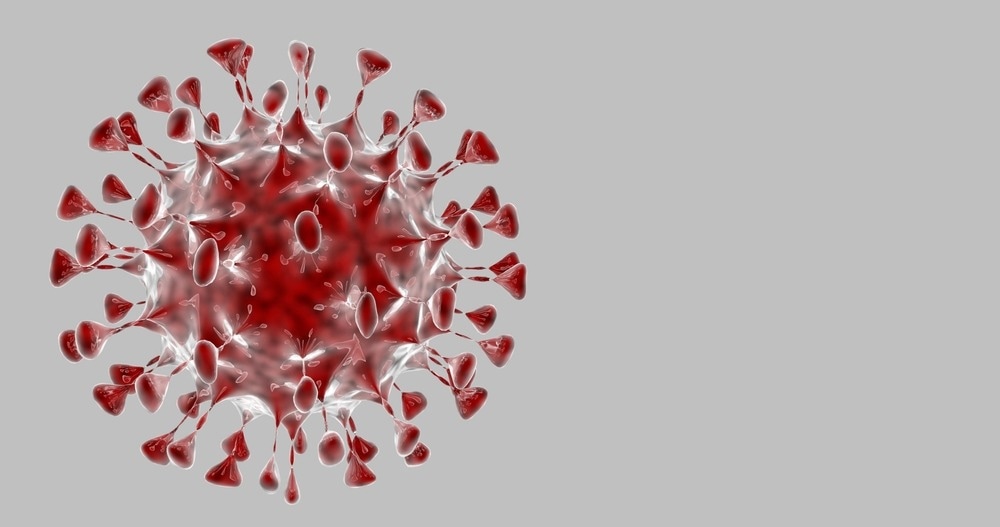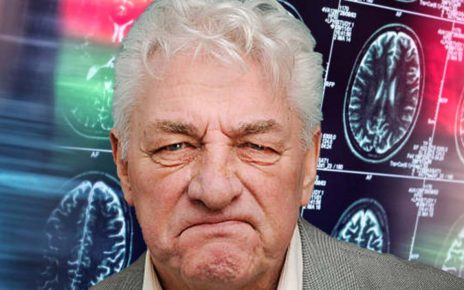The severe acute respiratory syndrome coronavirus 2 (SARS-CoV-2) has had a profound impact on society and the economy worldwide. Since its emergence at the end of 2019, extensive research has been conducted on SARS-CoV-2 in an effort to identify effective therapeutics that can be used to treat the coronavirus disease 2019 (COVID-19). These efforts have led to the development of several antibodies and antiviral agents that are now approved for use in COVID-19 patients.

Study: The Functional Landscape of SARS-CoV-2 3CL Protease. Image Credit: Natalya Rozhkova / Shutterstock.com
Targeting the SARS-CoV-2 3CLpro
Current COVID-19 therapeutics primarily target three viral targets including the spike glycoprotein, the ribonucleic acid (RNA)-dependent RNA polymerase (RdRp), as well as the 3-chymotrypsin-like protease (3CLpro). Whereas monoclonal antibodies will often target the SARS-CoV-2 spike protein, remdesivir and molnupiravir target the viral RdRp, and nirmatrelvir targets the SARS-CoV-2 3CLpro.
The SARS-CoV-2 3CLpro is required for viral replication, thus making this enzyme an ideal target for novel therapeutics. Several SARS-CoV-2 3CLpro inhibitors have already been developed, some of which have even advanced to clinical trials. In fact, the SARS-CoV-2 3CLpro inhibitor niramtrelvir has already been approved to treat COVID-19 patients alongside ritonavir to prevent severe disease.
As compared to the spike protein, which has already undergone many mutations as SARS-CoV-2 has evolved throughout the pandemic, the 3CLpro is largely conserved across several coronaviruses. This suggests that the development of broad-spectrum antivirals targeting this enzyme may be advantageous for the current pandemic, as well as future coronavirus outbreaks.
About the study
In a recent study posted to the bioRxiv* server, researchers at Columbia University Irving Medical Center, University of Tehran, and Fred Hutchinson Cancer Research Center assess the activity of all potential mutations in the SARS-CoV-2 3CLpro through deep mutational scanning (DMS). This approach has previously been used to assess the impact of mutations on the expression of the SARS-CoV-2 spike protein, as well as its binding capabilities to the host cell angiotensin-converting enzyme 2 (ACE2) receptor and neutralizing antibodies.
Saccharomyces cerevisiae (budding yeast) was used in the current study due to its ease of handling, utility in previous SARS-CoV-2 DMS studies, and shared protein folding, post-translational modification, and turnover with human proteins. A yeast strain carrying the cloned SARS-CoV-2 3CLpro gene was created using an inducible yeast expression vector.
3CLpro restricts growth in vitro
Cells expressing the SARS-CoV-2 3CLpro grew at a slower rate as compared to cells carrying the non-toxic control enhanced yellow fluorescent protein (EYFP). A catalytically inactive C145A mutant was subsequently created to determine whether this observed growth reduction was caused by the enzymatic activity of 3CLpro or that of an exogenously produced protease.
To this end, the C145A mutant grew at a similar rate as the non-toxic EYFP control when produced in yeast, thereby indicating that the detected toxicity was a direct result of 3CLpro activity.
Mutant 3CLpro activity
The activity of each SARS-CoV-2 3CLpro variant enrichment was then assessed in the induced and uninduced circumstances to subsequently provide an activity score for each enzyme. These scores were then normalized to the wild-type and stop coding, which was set at 0 and -1, respectively. These studies demonstrated that the tolerance of the protein to each mutation varied widely across each variant, with certain regions appearing to be highly restricted and resistant to mutation.
More specifically, mutations to the catalytic dyad, His41, and Cys145, both of which are essential for 3CLpro activity, inevitably led to a loss of protease activity. Other important residues within the active site that were conserved included Asp187 and Arg40, both of which are important for stabilizing various structures within 3CLpro.
Phe140, Glu143, His163, His164, and Gln192 were also the most conserved residues that appeared to be resistant to mutations. Comparatively, Glu166 and Gln189 were found to be non-conserved residues that may also be resistant to mutations.
The researchers also observed that various regions within 3CLpro mutants, such as those that form the catalytic pocket within the enzyme or reside at the dimerization interface, appear to be strongly intolerant to mutants. The DMS observations on mutant 3CLpro activity were subsequently confirmed through in vitro assays that evaluated the protease activity of these mutants.
The evolution of 3CLpro conservation
Despite the high degree of conservation observed in 3CLpro, other coronavirus 3CL proteases remain quite diverse. To better understand the activity of less conserved 3CLpro residues that arise due to evolution, the researchers used the ConSurf server.
The ConSurf server provided a platform to assess the rate of evolution for each residue, wherein poorly conserved residues were classed as having a high rate of evolution. Comparatively, a greater degree of conservation within the residues led to the classification of a medium or low rate of evolution.
Tolerance to mutations was observed in residues with high rates of mutation, whereas intolerance to mutations was observed in residues with low rates of evolution. One potential factor that may contribute to the evolutionary conservation of 3CLpro may include compensatory or enabling mutations that were out of scope for the current study.
Implications
Despite the highly conserved nature of 3CLpro across different coronaviruses, the current study found that this enzyme can still acquire various mutations; however, it appears that these mutations do not significantly alter 3CLpro activity. Nevertheless, the potential development of resistance against 3CLpro inhibitors warrants future studies on combination treatments that can help reduce the rate of viral escape.
Several highly conserved regions within 3CLpro that were identified in the current study appear to have critical roles in the overall structural integrity and catalytic function of this enzyme. Thus, the development of 3CLpro inhibitors in the future could utilize these residues as anchor points.
*Important notice
bioRxiv publishes preliminary scientific reports that are not peer-reviewed and, therefore, should not be regarded as conclusive, guide clinical practice/health-related behavior, or treated as established information.
- Iketani, S., Hong, S., J., Sheng, J., et al. (2022). The Functional Landscape of SARS-CoV-2 3CL Protease. bioRxiv. doi:10.1101/2022.06.23.497404. https://www.biorxiv.org/content/10.1101/2022.06.23.497404v1.full
Posted in: Molecular & Structural Biology | Medical Science News | Medical Research News | Disease/Infection News
Tags: ACE2, Angiotensin, Angiotensin-Converting Enzyme 2, Antibodies, Budding Yeast, Cell, Coronavirus, Coronavirus Disease COVID-19, covid-19, Enzyme, Evolution, Fluorescent Protein, Gene, Glycoprotein, in vitro, Mutation, Pandemic, Polymerase, Protein, Protein Folding, Receptor, Remdesivir, Research, Respiratory, Ribonucleic Acid, Ritonavir, RNA, Saccharomyces Cerevisiae, SARS, SARS-CoV-2, Severe Acute Respiratory, Severe Acute Respiratory Syndrome, Spike Protein, Syndrome, Therapeutics, Yeast
.jpg)
Written by
Colin Lightfoot
Colin graduated from the University of Chester with a B.Sc. in Biomedical Science in 2020. Since completing his undergraduate degree, he worked for NHS England as an Associate Practitioner, responsible for testing inpatients for COVID-19 on admission.
Source: Read Full Article



